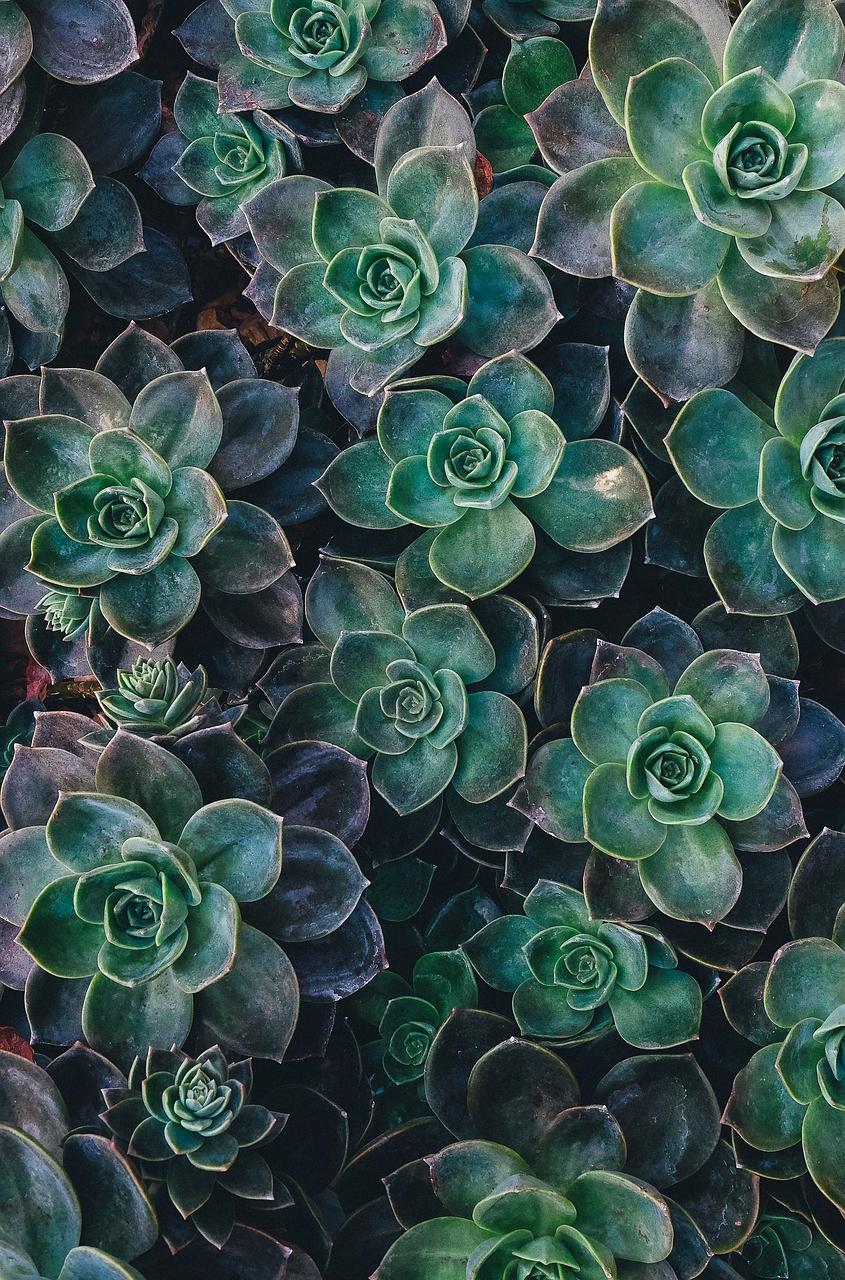When discussing the lifespan of a cactus, it’s important to understand that the longevity of these unique plants can vary significantly based on the species. One fascinating fact about cacti is that they have evolved distinct features to ensure their survival in harsh desert conditions. These features not only allow them to thrive in arid environments but also contribute to their impressive lifespans.
One of the key factors that contribute to the longevity of cacti is their slow growth rate. Unlike many other types of plants, cacti are known for their gradual growth, which can span several decades. This slow and steady growth pattern plays a crucial role in enabling cacti to live for extended periods.
One of the most iconic cactus species, the saguaro cactus, is renowned for its remarkable lifespan. Saguaro cacti, which are commonly found in the Sonoran Desert, can live for up to 175 years. These majestic plants don’t develop their first “arms” until they reach a ripe old age of 75 to 100 years, showcasing the patience and resilience that are characteristic of cacti.
Another intriguing aspect of cacti is their ability to adapt to their surroundings. These plants have evolved unique mechanisms to conserve water and withstand extreme temperatures, factors that are essential for their long-term survival. By efficiently storing water in their tissues and minimizing water loss through specialized adaptations, cacti can thrive in environments where other plants would struggle to survive.
While the saguaro cactus stands out for its exceptional lifespan, other cactus species also boast impressive longevity. For example, the barrel cactus, known for its distinctive cylindrical shape, can live for several decades, with some individuals reaching over a hundred years of age. This resilience and longevity are testaments to the endurance and adaptability of cacti as a group.
In addition to their physical adaptations, cacti have also developed unique reproductive strategies that contribute to their long lifespan. By producing flowers that are tailored to attract specific pollinators, such as insects and bats, cacti increase their chances of successful reproduction, ensuring the survival of future generations. This smart approach to reproduction enhances the overall sustainability of cactus populations.
It’s essential to recognize that the lifespan of a cactus can be influenced by various factors, including environmental conditions, care, and maintenance. While cacti are well-equipped to withstand challenging conditions, providing them with adequate sunlight, well-draining soil, and proper watering can help optimize their longevity and overall health. By understanding the needs of cacti and creating a suitable environment for them to thrive, plant enthusiasts can enjoy these remarkable succulents for many years to come.
Overall, the lifespan of a cactus is a reflection of its remarkable adaptations and resilience in the face of adversity. From the slow growth patterns that enable them to survive in harsh environments to the specialized mechanisms that allow them to conserve water and withstand extreme conditions, cacti are truly remarkable plants with impressive lifespans. By appreciating the longevity of cacti and understanding the factors that contribute to their survival, we can gain a deeper appreciation for these iconic desert inhabitants.

